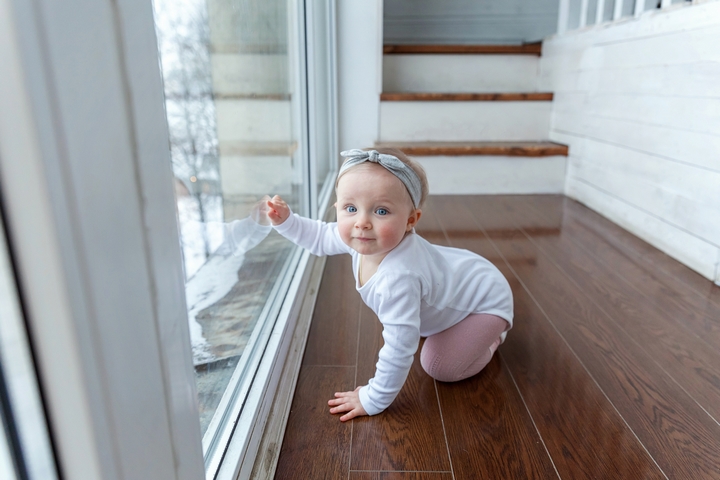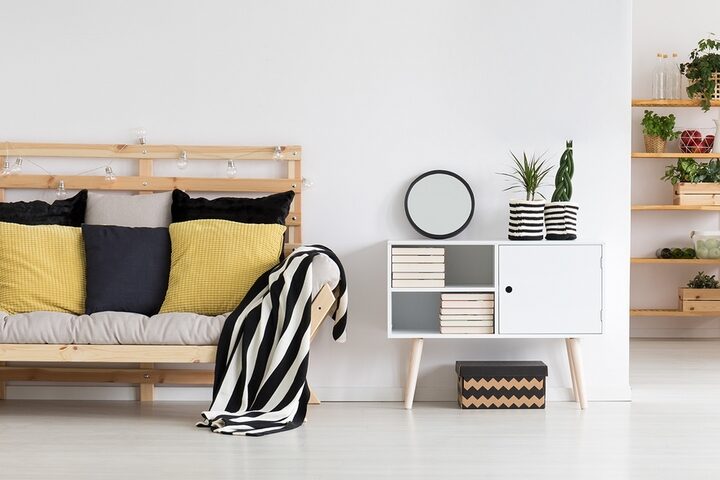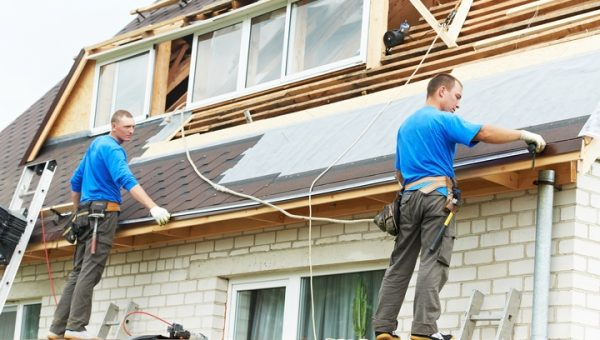Wasn’t it just yesterday when your baby came home from the hospital and screamed the whole night? While your sleep deprivation is still bad, your son or daughter is beginning to grow up. They’re showing all the signs that they’re getting older, from giggling to spending time on their belly to reacting to sound. Do you know what else they’re on the cusp of doing? Crawling.
That’s right. Today, they’re crawling. Tomorrow, they’re getting ready for college. (OK, one can wish, can’t they?)
You may have prepared for everything, but it’s most likely that you have not babyproofed your home for when your kid crawls. Good luck! They’re about to get into everything. So, what can you do?
Here are 9 tasks to test child safety at home and protect your crawling baby:
1. Crawl Around the Home

Before you start to produce your child safety checklist, you need to start by crawling yourself. By getting on all fours and getting to the eye level of your baby, you can see what they see. This provides you with a better view than looking down from five or six feet up, where you may not notice certain things, whether it’s that nail that wasn’t properly hammered into the base boards or the pointed edge of the sofa leg. Just make sure you clean up any messes and get organized in your home before you start crawling.
2. Babyproof the House

How exactly do you babyproof yourself? Well, you begin by changing some of your habits that could negatively affect a child and send him or her to the emergency room.
Here are several things to consider:
- Don’t leave hot cups on the edge of a coffee table.
- Don’t carry a hot plate while holdings your child.
- Don’t keep the door open.
- Don’t stare at your phone while you’re alone at home with your crawling baby.
- Don’t have your cleaning products laying around.
- Don’t leave liquids unattended.
These are only the first steps you must take to ensure child safety at home.
3. Institute the Toilet Paper Rule

So, what is the toilet paper rule?
Well, if it is small enough to fit through the hole of a toilet paper roll, then you should keep it away from your child so they don’t choke. Remember, children are curious by nature, so they are willing to touch everything and put everything in their mouths. You know that it’s absurd to do this, but you’re no longer an eight-month-old baby.
4. Add Covers to Outlets

For some reason, children are attracted to electric outlets. Perhaps because there are holes in the wall or these outlets look like smiling faces, babies want to put their fingers in these outlets. It’s extremely dangerous, which is why it is essential to cover these outlets.
For a couple of bucks, you can get two-dozen of these plastic caps, and they will pay dividends by not wounding your bundle of joy.
5. Do You Have Latches?

Like electric plugs, children want to get into every single thing that opens: the oven door, the closet door, the cabinet door, and anything else that doesn’t seem dangerous but actually is. Your best line of defense, however, is to install child safety latches to these doors. They prevent your crawlers from opening the door, and if they can’t open them, despite trying several times, they’ll concede defeat.
6. Limit Child Access to Various Home Areas

There are just certain parts of the home that you don’t want your child to crawl to, especially if they’re unsupervised or without proper camera surveillance. This could be the laundry area, the kitchen, or the bathroom where the cat’s litterbox is.
You don’t need to lock your child in a cage to limit access to these places in your home. Instead, you can erect safety barricades that can serve as roadblocks in their journey of exploration. This is especially important for stairs (if applicable), whether they’re heading upstairs or downstairs.
7. Keep the Floors Clean

Yes, you want your floors to be as sanitary as possible. Unfortunately, because of your busy schedule, you are unable to wash your floors with boiling hot water every day. That said, you should still do your best to keep your floors clean, whether it is sweeping once a day, vacuuming every second day, or mopping a few times a week. Even a Swiffer can suffice temporarily.
Remember, your child is using his or her hands to crawl, the same hands that will be put in their mouths. You don’t want your child to get sick from the bacteria on your floors.
8. Remove the Cords

Now that your baby can crawl, they may not be as interested in your blind cords anymore. Instead, they will be more interested by the television cord, the lamp plug, or all the wires flooding your computer desk. This is just as dangerous as sticking the fingers in the electric plug or opening a cupboard door.
So, what can you do exactly to prevent them from fiddling around with cords?
Here are few tips:
- Apply duct tape to make the plugs stick to the floor.
- Cover the electric outlet with a case.
- A childproof power strip that has a slide cover to prevent unplugging by the kid.
- Hide cords behind furniture to remove a trip hazard.
9. Is Your Furniture Steady?

Let’s face it: you should have replaced that worn-down computer desk ages ago. Your coffee table is too wobbly. And, while we’re at it, your grandmother’s dresser is on the cusp of falling down and breaking into little pieces.
Simply put: your furniture is not steady enough, especially with a crawling child in your vicinity.
You must do everything possible to ensure unsteady furniture is not surrounding a child. If you have to toss out this furniture and replace them with new items, then that is something you’ll have to do. Children like to touch things when they’re crawling, so if they’re pulling a rack, then perhaps it’s time to chuck it in the garbage.
It is estimated that more than two million children are injured in their homes every year. While it is impossible to envision every single scenario and to think that something benign can cause bodily harm, your children are adventurous creatures and can get themselves into a world of trouble.
By adding these measures to your overall checklist, you can protect the little slugger from serious injury.
Good luck!




